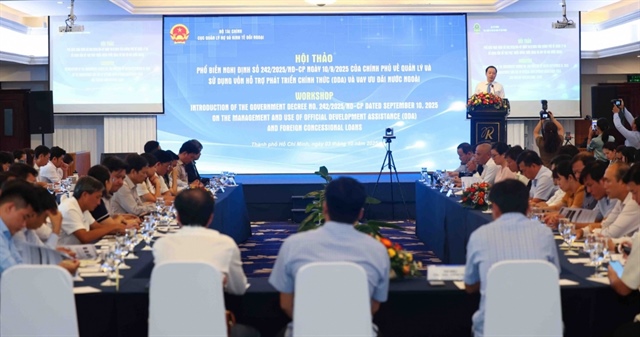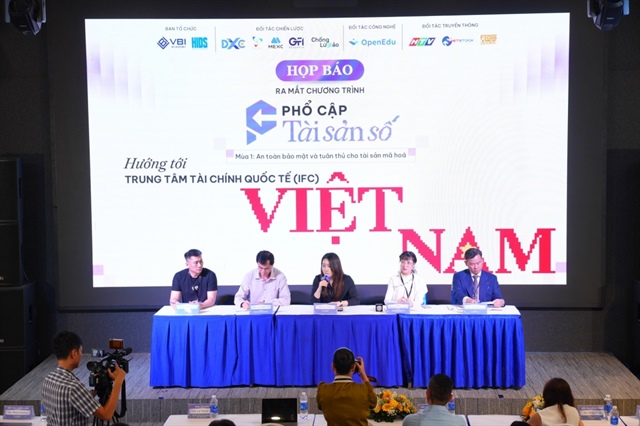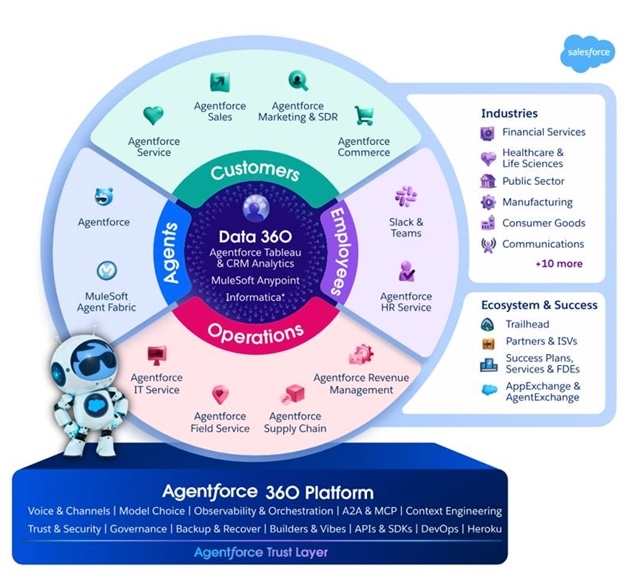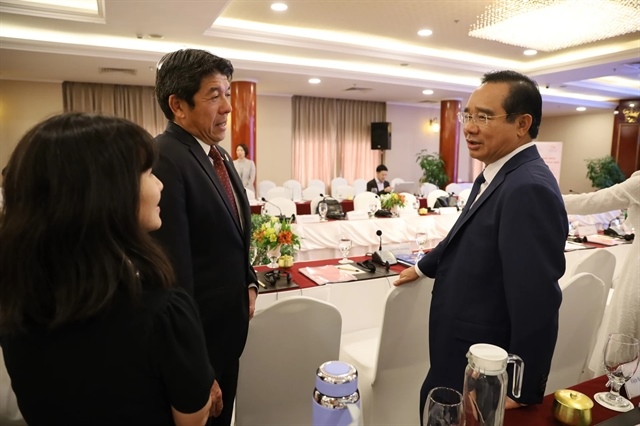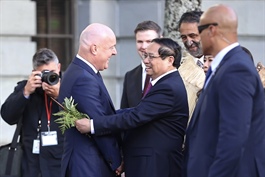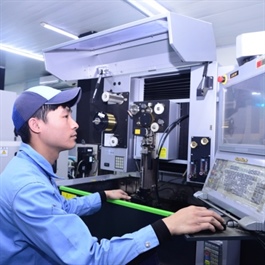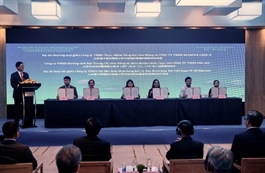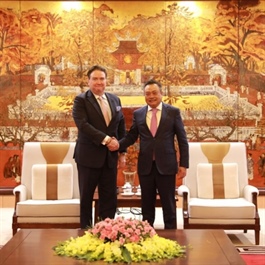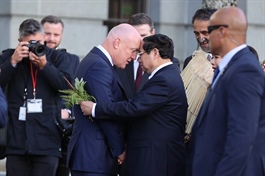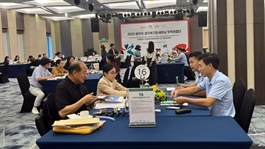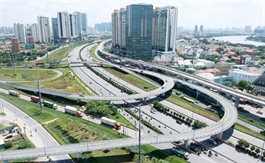How Vietnam can take advantage of ASEAN investment prospects
How Vietnam can take advantage of ASEAN investment prospects
The Vietnam and ASEAN story is a supply chain shift story that foreign investors are utilising to make decisions effectively.
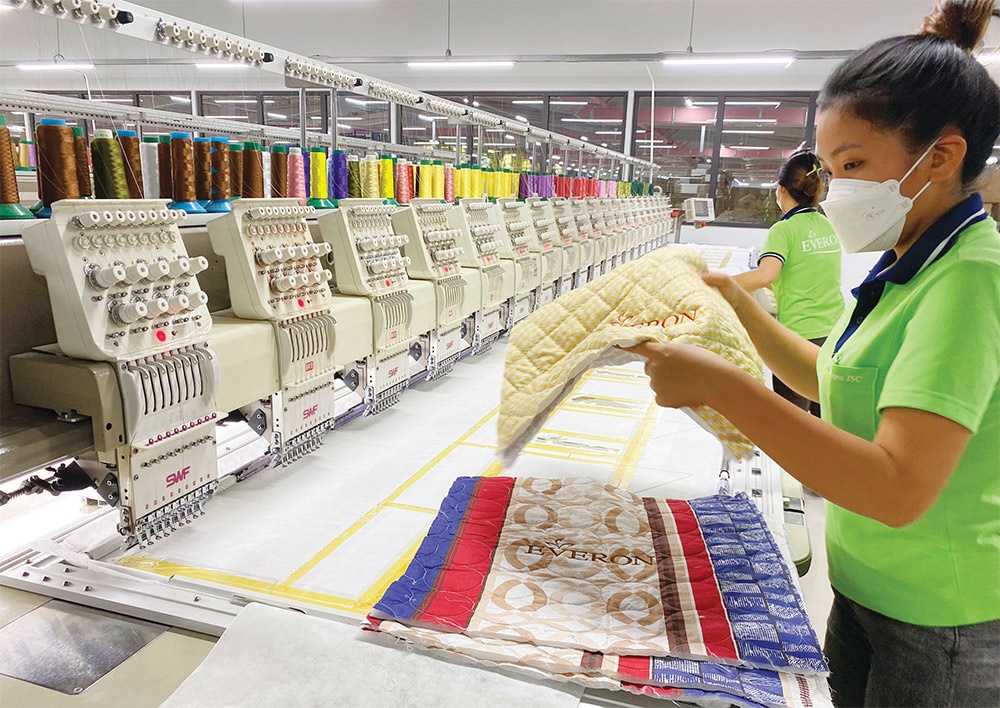
The world is shifting at an unprecedented pace, and it is important to read and interpret the underlying changes that are reshaping the global and regional economies. Heightened geopolitical conflicts, rising protectionism, and pronounced climate change risks indicate that whilst the previous era was governed by globalisation, the world is now becoming more multipolar. Asia, though it has benefited in becoming a global trade hub over the past few decades, is now facing new challenges that will need to be navigated.
HSBC believes that supply chains will continue to evolve and shift. One theme that will be more prevalent is a move by many economies to de-risk their trade with China. This is even though close to 70 countries globally regard China as their top source of imported goods. ASEAN is benefiting from this diversification trend and Vietnam is a key player in this space.
Western businesses are also looking to reduce reliance on China by diversifying sourcing to other Asian markets such as Vietnam and India. The region is now attracting more foreign direct investment (FDI) than China, most notably in the manufacturing sector. China is also building out supply chains in neighbouring countries such as Vietnam, which is a trend that HSBC is supporting given our strong presence across both markets.
According to a recent American Chamber of Commerce survey in China, 60 per cent of US companies are increasingly concerned about bilateral tensions and more than 40 per cent have responded that they are looking to invest more in their supply chain resilience. Over half have also responded that Southeast Asia remains their top destination for redirecting investment from China.
A European Chamber of Commerce survey also indicates that European companies operating in China are continuing to review their supply chain strategies, with ASEAN being selected as the top destination for this shift in investments.
The government’s strategy to draw in additional FDI into Vietnam should start with understanding the competitive landscape between Vietnam and the rest of ASEAN and also looking at other markets such as India/Mexico. Singapore and Malaysia are leading the semiconductor ecosystem, with Singapore as the wafer fabrication and front-end equipment hub and Malaysia as the packaging and back-end testing hub.
Thailand has become the established auto supply chain and power supplier for electric vehicles (EVs). Indonesia is targeting the electric vehicle ecosystem with its abundance of nickel and a large domestic car market.
Vietnam is slowly venturing into both EVs and semiconductors as it aims to focus on more high-value-added goods but continues to perform well in enticing large electronics manufacturers into the market off the back of competitive pricing, stable and consistent government support, the large number of free trade agreements in place and the work ethic of the Vietnamese.
The next step is to identify the biggest ‘pain points’ as perceived from a foreign investors’ perspective and set a comprehensive and implementable action plan in place to address these.
Firstly, it is the quality and accessibility of labour and the ongoing need to improve their productivity as Vietnam moves up the quality curve. Vietnam still ranks behind other major ASEAN markets in terms of labour productivity, with output per hour worked being relatively low at 9.7 compared to a range of 10~26 for other ASEAN nations.
Secondly, Vietnam’s logistics performance index also lags China, Malaysia, and Thailand with gaps shown in logistics capacity, delivery time, and traceability. Logistics infrastructure currently falls short of meeting the expected international standards and road transport commands a 74 per cent share of overall transport means that while demand is skewed towards sea transport and port space that supports the export story from Vietnam.
Finally, regulatory navigation continues to be a critical consideration for investors looking to invest in Vietnam. According to the latest HSBC Global Connections survey, regulatory developments are among the top two challenges for foreign firms operating in Vietnam, with which 30 per cent of surveyed companies point to the challenge of adapting to fast-changing regulations and policies within the market. A more consistent and easier to comprehend regulatory framework would be a positive step in attracting new parties to invest in the market.
HSBC will continue to work with key ministries and customers on assisting Vietnam’s transition to net-zero, which is becoming a more important selling point to foreign investors as they select markets to invest in.


